It is my pleasure to welcome historical fiction author Imogen Matthews to my blog today! Some of you may know her as romance author Alex Johnson. Her latest novel – The Hidden Village – continues to top Amazon’s Young Adult Historical Fiction charts. And well deserved! It a well-written, moving story of courage, hope, and survival. You can read my Goodreads review here.
Today she shares with us more about her childhood in Nigeria, the power of creative writing courses, and the historical inspiration for The Hidden Village. I hope you enjoy reading it as much as I did!
Please tell me a little bit about yourself, your books and writing career.
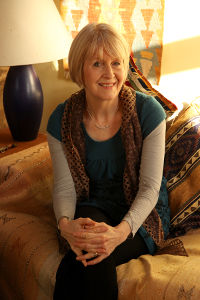 Thank you so much, Jennifer, for inviting me onto your blog to talk about my books and writing career.
Thank you so much, Jennifer, for inviting me onto your blog to talk about my books and writing career.
I always had in the back of my mind that I wanted to write a novel but for a long time never believed I could do it. I thought I didn’t have the imagination to write a novel and the idea of writing a book of 70,000 words plus was beyond me. I’m a business journalist and regularly write market research reports on the beauty industry, but the writing is different. When you have a brief, lots of research material and quotes, it’s your job to reorder them into a document that is informative and useful. It’s a far cry from sitting down with a blank sheet of paper or blinking cursor and waiting for inspiration to hit you.
But something nagged away at me and when I heard that Oxford University were running part-time creative writing courses, I thought I’d give it a go. Not novel writing, but memoirs. I thought I could cope with that. Surely, writing down things from my memory had to be easier than making things up. And it was. I surprised myself by dragging up all sorts of interesting incidents from the past that I’d forgotten about. In particular, I loved writing about my childhood in Nigeria in the 1960s, a vivid, exciting time that was a total contrast to grey, drab 1960s England. As I wrote, I realised that my memory didn’t always serve me well, so I filled in the gaps. Far from not having an imagination, I found mine swung into action and took over my writing. It was wonderful. I gained confidence and kept going on courses covering all aspects of writing, including short stories, poetry and playwriting.
When I’d run out of courses to attend and still had a thirst to learn, I faced my biggest challenge and signed up to a course entitled “Writing a Mass Market Novel”. It was the scariest and most rewarding thing I could have done. Despite being a seasoned creative writing course attendee, I still believed that everyone else in the class was miles better than me. I hated having to do the class exercises where you’re given 10 minutes to write on a subject. My mind would go blank as I watched everyone set to, covering a whole A4 sheet in the time it took me to write a couple of sentences and then they’d read out this stuff that sounded amazing. The lesson I learnt, eventually, is that I can’t write to order. I need to be in my own space where I can get into my head before the words can start to flow.
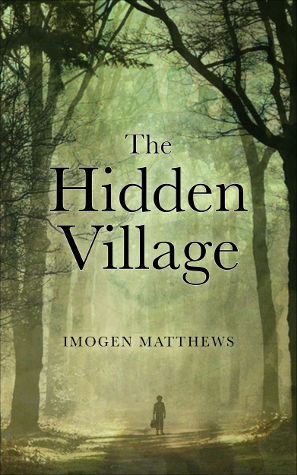 The other lesson I learnt from that particular course is to write regularly and keep going. All my excuses about not having the time because of work commitments were met by the tutor’s sneer. She was also a journalist and made time to write every morning before any interruptions could get in the way. I tried it and it works. Following that advice, I wrote two contemporary romance novels under my pen name, Alex Johnson, which you can find on amazon (Run Away, and the sequel, The Perfume Muse). Then in 2011, I chanced upon a piece of history that completely changed my approach to writing. It was the start of a whole new chapter for me, writing under my own name (I now have the confidence to do so) and writing historical fiction. It took six years of research, speaking to my Dutch mother about her wartime experiences and many drafts to complete my novel The Hidden Village and find my publisher, Amsterdam Publishers, who launched my book to the world last May.
The other lesson I learnt from that particular course is to write regularly and keep going. All my excuses about not having the time because of work commitments were met by the tutor’s sneer. She was also a journalist and made time to write every morning before any interruptions could get in the way. I tried it and it works. Following that advice, I wrote two contemporary romance novels under my pen name, Alex Johnson, which you can find on amazon (Run Away, and the sequel, The Perfume Muse). Then in 2011, I chanced upon a piece of history that completely changed my approach to writing. It was the start of a whole new chapter for me, writing under my own name (I now have the confidence to do so) and writing historical fiction. It took six years of research, speaking to my Dutch mother about her wartime experiences and many drafts to complete my novel The Hidden Village and find my publisher, Amsterdam Publishers, who launched my book to the world last May.
What is your usual writing routine?
I try to write every day and manage to do so most days. You might be surprised to hear that I don’t write for hours on end or reams of pages. That’s not my style. I set aside an hour in the morning from 9-10am for writing and researching. I always go back over what I’ve written the day before, or to the start of that chapter and end up doing a thorough edit, adding in, taking out, refiguring sentences and dialogue. By then, my mind has caught up and I can start to add to what I’ve already written. Sometimes, it’s as little as 100 words, but I aim to get 250-300 words down. It may not be much, but that’s around 2,000 words per week and 8,000 words a month. In theory, I’ll have my first draft finished in 10 months and then the real editing starts. All the time I’m writing, I’m also reading around the subject and making notes. Some of this gets added in as I go, but more likely is that it’ll contribute to the second and subsequent drafts.
What is the inspiration behind your latest novel?
My mother was Dutch and I grew up hearing her stories about the war, a far-off place that meant very little to me as a child. But I never tired of hearing them as she was a wonderful storyteller and always brought her stories alive with her descriptions of life under the German occupation. Life was tough and as time went on, there was less and less to eat as the food supply lines were cut and millions of people were reduced to surviving on a single slice of bread and a few vegetables a day. When that ran out, my mother was forced out in bitterly cold weather into the countryside to dig for tulip bulbs, the only source of nourishment available. Despite such terrible hardship, she told her stories with humour and described what an intensely exciting time it had been. Among my favourite stories are the ones of my mother delivering leaflets on behalf of the Dutch resistance and her several brushes with the Nazis from which she managed to escape.
What motivates you to write?
With The Hidden Village, I wanted to bring this story out into the open as it was one that very few people know about, especially outside the Veluwe region in Holland. Soon after my novel was published, I started to get reviews from people all over the world saying that they had no idea about this important bit of history and thanking me for bringing it to light. Sometimes, strangers email me to tell me their own incredible stories of resistance and hiding from the Nazis. It’s made me realise how many dramatic wartime stories exist involving people who were simply trying to survive. This is the inspiration for my writing right now and I hope to be able to coax more of these stories to life.
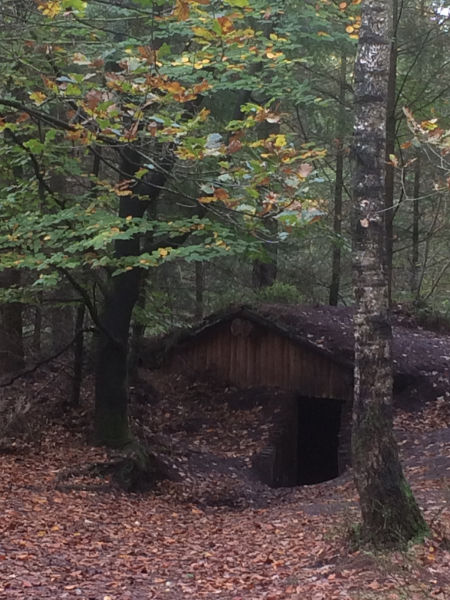
How do you create a realistic setting in your novels?
I’ve been visiting Nunspeet for the past 28 years for family cycling holidays through the beautiful and varied Veluwe landscape. In 2011, we were cycling along a route we know very well when we came upon a memorial stone I hadn’t noticed before. On closer inspection, I found that it was a memorial to the local community who had helped Jews and other people in dire need of escaping from the Nazis. The place is called Het Verscholen Dorp, the hidden village, a secret place deep in the woods where up to 100 people stayed hidden for nearly two years. The original village is long gone, but three underground huts have been reconstructed to give people an impression of what it must have been like to live there.
Whenever I’m on holiday in Nunspeet, we cycle to Het Verscholen Dorp. It’s an immersive experience when I imagine what life must have been like then, even though the woods are no longer as dense and there are access paths all over the area. Just standing crouched in one of the underground huts, I breathe in the woodland smells, experience the dampness and hear the birds high up in the trees in an otherwise silent setting. That’s what I endeavoured to recreate in my novel.
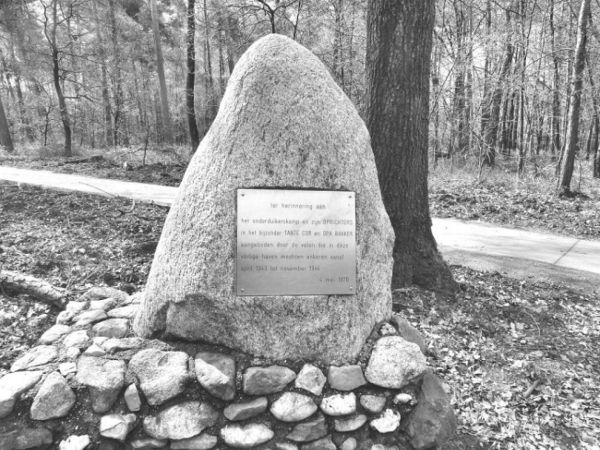
Is it important to conduct research while writing fiction? Must fiction be historically and factually accurate?
I wanted to find out as much as I could about this real hidden village but there was very little written about it. After I returned from that holiday, I started to do research and found a secondhand book on a Dutch website written in 1974 by a man who had spoken to various people who’d lived in and outside the village in 1943-44. This is when I thought about writing a fictional account of the village but with characters from my imagination based on an amalgam of many who really existed. I was also fascinated by the idea of writing a story from the perspective of the people forced to hide in the village and those on the outside who did so much to help and protect them. So the characters are not identifiable and I’ve also changed place names, although anyone who knows this place will recognise it.

Do you read books by other authors when working on a first draft?
Anita Shreve is a favourite author of mine and I devoured her book Resistance, set in WW2 Belgium about a woman who gives refuge to a fallen pilot. It is a beautifully written tragic story. I love Shreve’s simple, spare way of writing and there’s no doubt that it influences me in my own. Another wonderful book set in WW2 is Kristan Hannah’s The Nightingale. I take it as a huge compliment that one of my readers said that if you enjoyed Hannah’s novel, you would love The Hidden Village!
What are you working on now?
I’m writing another fictional story of survival in WW2 Holland and readers will recognise some of the characters who are stepping forward centre stage. The reason is that I don’t feel I’m finished yet with this story and want to write another to explore my characters’ motivations and to discover more about the moral dilemmas they faced.
Thank you, Imogen! I truly enjoyed reading The Hidden Village and appreciate it even more, having read this interview. Good luck with your work-in-progress!
You can connect with Imogen on Twitter, Facebook, Pinterest, and YouTube. Here’s a direct link to a video about her book. You can buy The Hidden Village on Amazon.
The Hidden Village
Wartime Holland. Who can you trust?
Deep in the Veluwe woods lies a secret that frustrates the Germans. Convinced that Jews are hiding close by they can find no proof.
The secret is Berkenhout, a purpose-built village of huts sheltering dozens of persecuted people.
Young tearaway Jan roams the woods looking for adventure and fallen pilots. His dream comes true when he stumbles across an American airman, Donald C. McDonald. But keeping him hidden sets off a disastrous chain of events.
Sofie, a Jewish Dutch girl, struggles to adapt to living in Berkenhout, away from her family and friends. As weeks turn to months, she’s worried they’ll abandon her altogether. Henk Hauer, head woodman, is in charge of building the underground huts and ensuring the Berkenhout inhabitants stay safe. But many grow suspicious of his liaisons with the Germans. Is he passing on secret information that could endanger lives?
All it takes is one small fatal slip to change the course of all their lives for ever.
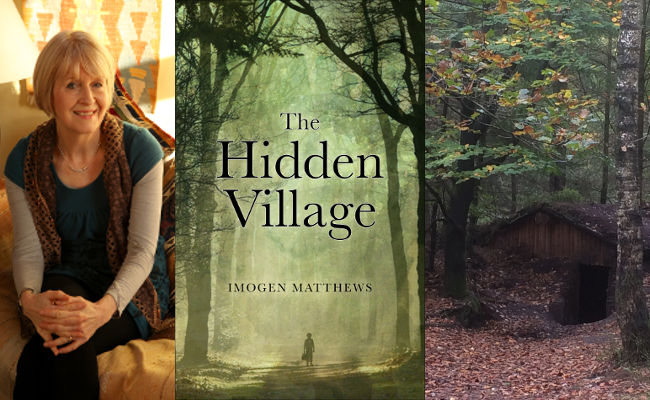
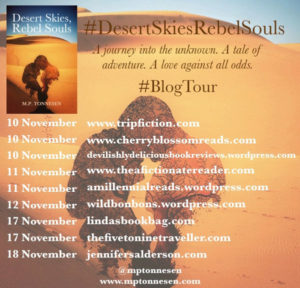
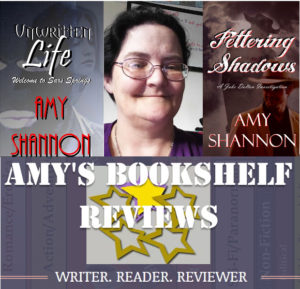
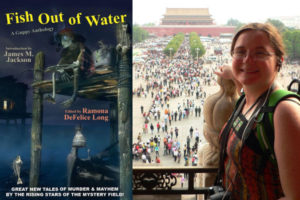
Pingback: Spotlight On… – Jennifer S. Alderson
Lovely interview. I already have this book on my “to-read” list.
Thanks for stopping by, Pamela! It is well worth the read. Have a great night!
Thanks so much, Jennifer, for featuring me on your excellent blog!
Best wishes
Imogen
It is my pleasure! Best of luck with your next book – I look forward to reading more of your work!
The story that inspired Imogen is fascinating. It is fortuitous how she stumbled on the history, as if it was waiting for her to capture the story in words. She tells the story with engaging, realistic characters. I will not forget this book and the Dutch history. A lovely post, thank you.
I appreciate you stopping by, Jessie! It was thanks to your wonderful Book in My Handbag blog that I learned about The Hidden Village. Have a great night!
Have a great night!